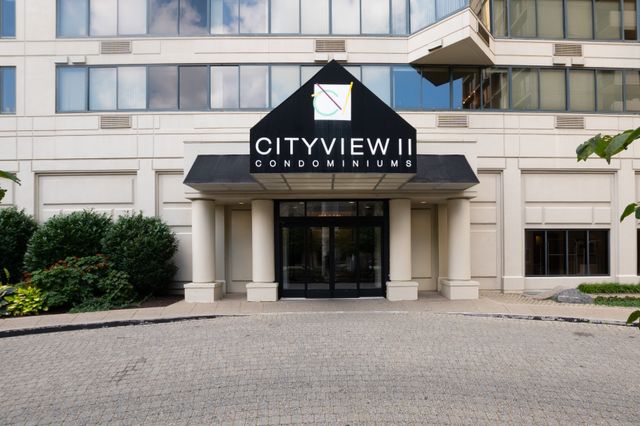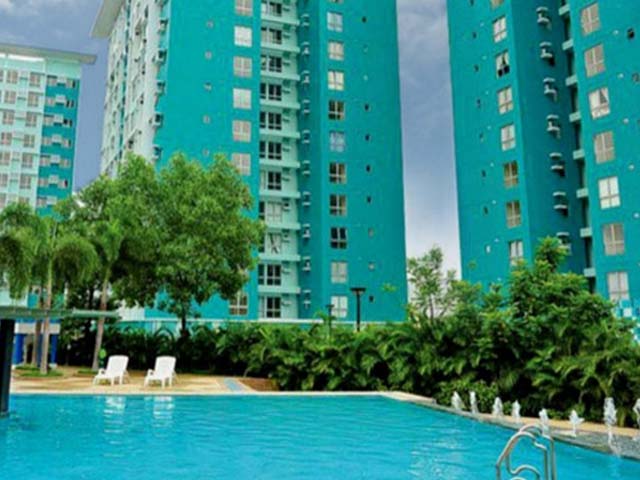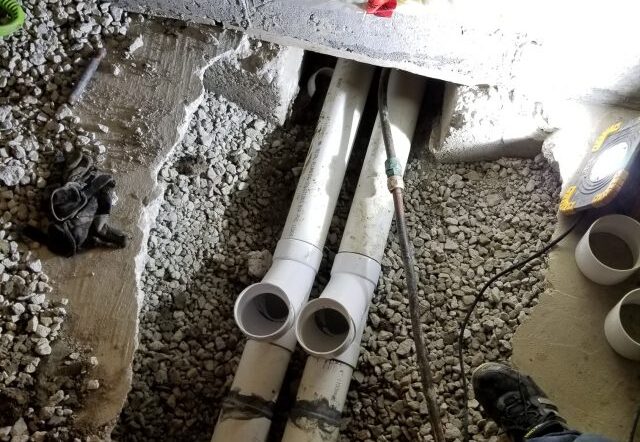Understand Your Condo Lease Agreement

Navigating the world of real estate can be daunting, especially when it comes to understanding the complex language of lease agreements. Whether you’re renting a condo for the first time or renewing your lease, knowing how to read and comprehend your condo lease agreement is crucial. This guide will break down the key components of a condo lease agreement, helping you to understand your rights and obligations as a tenant.
What is a Condo Lease Agreement?
A condo lease agreement is a legally binding contract between a landlord (property owner) and a tenant. This document outlines the terms and conditions under which the tenant is allowed to occupy the condo. It specifies the duration of the lease, the rent amount, and other essential details.
Key Components of a Condo Lease Agreement
1. Parties Involved
The lease agreement should clearly state the names of all parties involved. This includes the landlord, the tenant, and any co-tenants or roommates. Ensure that the spelling of names and contact information is accurate.
2. Property Description
The agreement must include a detailed description of the rental property. This typically involves the condo’s address, unit number, and any included amenities such as parking spaces or storage units. Double-check this section to confirm all details are correct and match what was shown during the property tour.
3. Lease Term
The lease term defines the length of the rental period. It can range from month-to-month to multi-year leases. Pay attention to the start and end dates, and understand whether the lease automatically renews or if a new agreement needs to be signed at the end of the term.
4. Rent Details
This section outlines the rent amount, payment due dates, and accepted payment methods. It should also include information on late fees, grace periods, and any penalties for bounced checks. Make sure you understand how and when rent should be paid to avoid any misunderstandings.
5. Security Deposit
The security deposit clause explains the amount required, how it will be held, and the conditions for its return. Note any deductions that might be made for damages or unpaid rent. Ensure you receive a receipt for your security deposit and understand the timeline for its return after the lease ends.
6. Maintenance and Repairs
This section details the responsibilities of both the landlord and the tenant concerning maintenance and repairs. It should specify who handles routine maintenance, emergency repairs, and the process for reporting issues. Knowing these details can prevent disputes over property upkeep.
7. Utilities
The lease agreement should clarify which utilities are included in the rent and which are the tenant’s responsibility. Common utilities include electricity, water, gas, internet, and cable. Understanding this can help you budget more effectively.
8. Rules and Regulations
Many condos have specific rules and regulations, often governed by a homeowners’ association (HOA). These can include noise restrictions, pet policies, and guidelines for common areas. Familiarize yourself with these rules to avoid potential fines or conflicts.
9. Renewal and Termination
This section outlines the procedures for renewing or terminating the lease. Understand the notice period required if you plan to move out, and any penalties for early termination. This knowledge can save you from unexpected costs.
10. Dispute Resolution
The lease should include a clause on how disputes between the landlord and tenant will be resolved. This might involve mediation, arbitration, or legal action. Knowing this process can prepare you in case any issues arise during your tenancy. Visit the chuan park condo if you need more information or have any questions about the condo lease agreement.

How to Read Your Condo Lease Agreement
1. Read Thoroughly
Take the time to read your lease agreement from start to finish. While it may be lengthy, understanding each clause is crucial. Don’t rush through it or assume you know what it says.
2. Highlight Key Points
As you read, highlight or underline important sections, such as rent amount, due dates, and maintenance responsibilities. This will make it easier to refer back to these points later.
3. Ask Questions
If there is any part of the lease that you don’t understand, don’t hesitate to ask your landlord for clarification. It’s better to ask questions upfront than to face surprises later on.
4. Consult a Professional
If you’re still unsure about any part of the lease, consider consulting a real estate attorney or a knowledgeable real estate agent. They can provide expert advice and ensure that your rights are protected.
5. Keep a Copy
Always keep a copy of the signed lease agreement for your records. This document is your reference for all terms and conditions of your tenancy.
Common Pitfalls to Avoid
1. Ignoring the Fine Print
The fine print often contains critical information about fees, penalties, and obligations. Make sure you read and understand every detail.
2. Overlooking Renewal Terms
Pay attention to the renewal terms to avoid automatic renewals or unexpected rent increases. Knowing the process and timeline for renewal gives you more control over your living situation.
3. Neglecting Move-In/Move-Out Inspections
Document the condition of the condo at the start and end of your lease with detailed photos and written notes. This can help protect your security deposit from unfair charges.
4. Not Understanding Your Rights
Research your rights as a tenant under local and state laws. These rights can vary significantly by location and can offer additional protections beyond your lease agreement.
Conclusion
Understanding your condo lease agreement is essential for a smooth and trouble-free tenancy. By knowing what to look for and how to read the document carefully, you can ensure that your rights are protected and that you are fully aware of your responsibilities. Taking the time to understand your lease agreement can save you from potential disputes and unexpected costs, making your rental experience more enjoyable.




